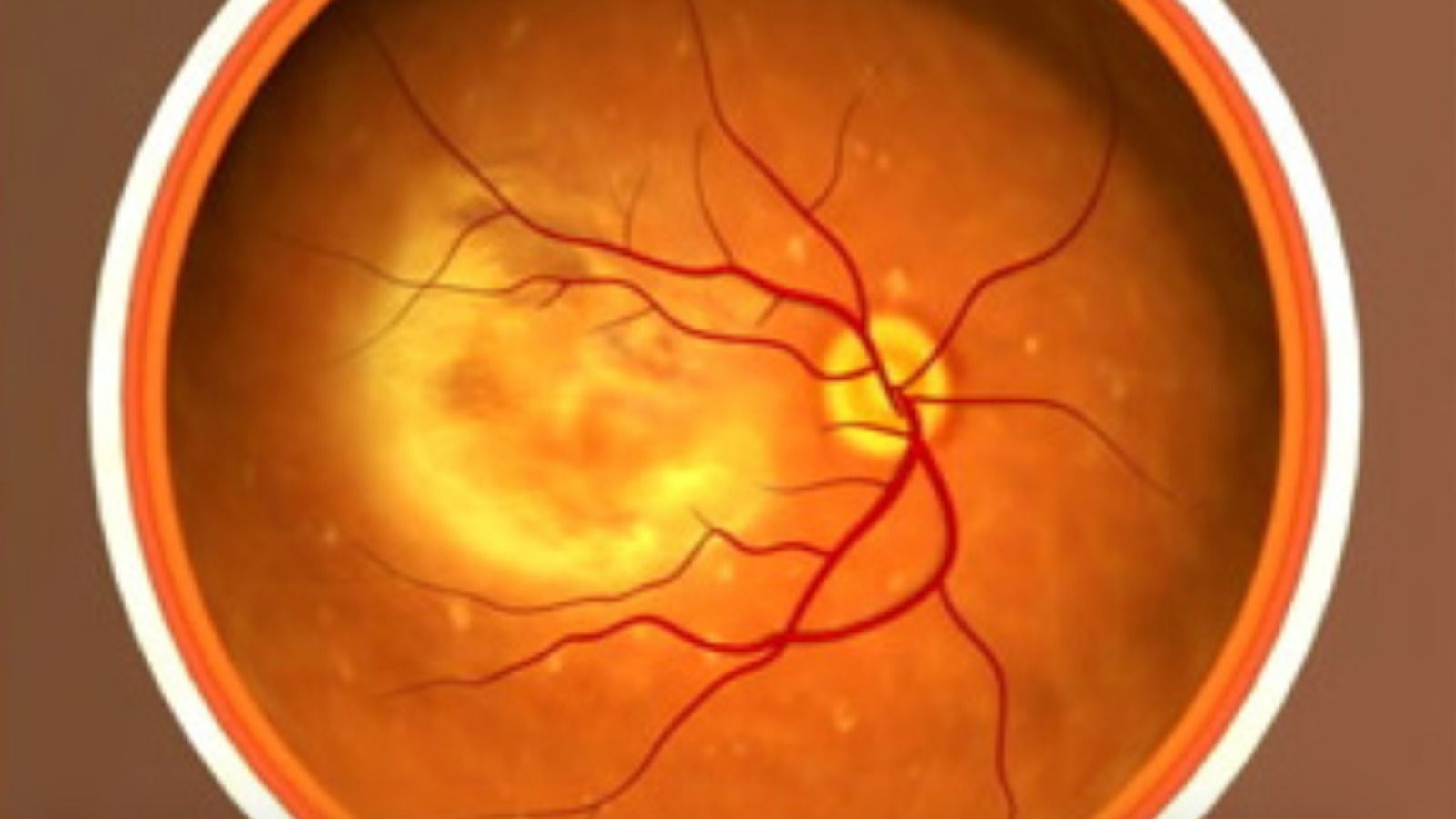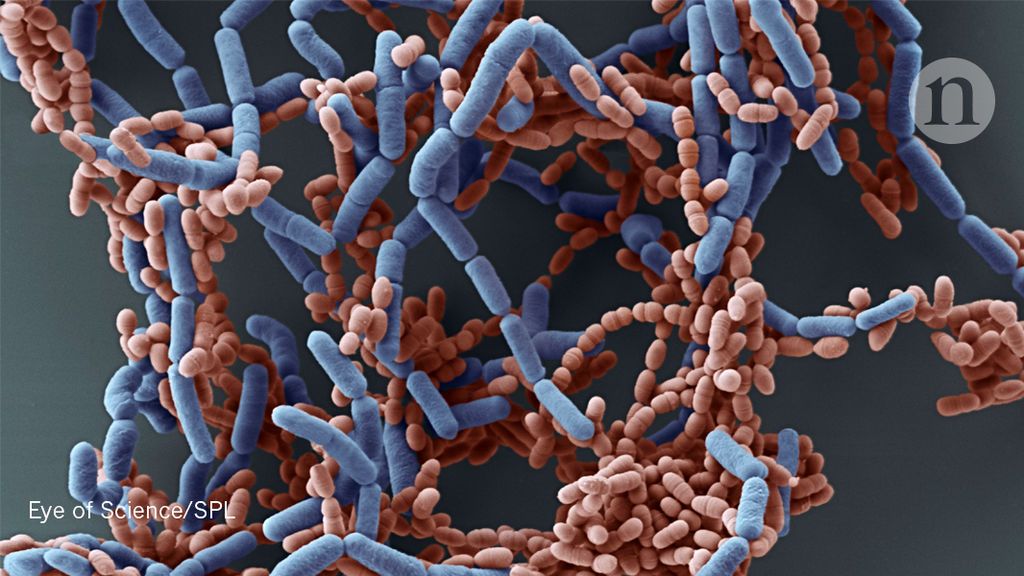Page 9848
Mar 21, 2018
Anyone Can Now Take This Breast Cancer Gene Test, But It Probably Won’t Tell You Much
Posted by Genevieve Klien in categories: biotech/medical, genetics
Breast and ovarian cancers are scary, anxiety-provoking diseases, and with good reason. Although breast cancer isn’t the cancer that kills the most women (lung cancer holds that distinction), it is the most commonly diagnosed cancer in women. And ovarian cancer is difficult to find in its early stages. But anyone willing to spit in a tube and pay $199 will soon be able to find out if they have a particular genetic predisposition to either of these cancers.
This month, the FDA granted the genetics company 23andMe permission to offer direct-to-consumer testing for three of the more than 1,000 known variants of the genes BRCA1 and BRCA2The variants may also boost the risk of prostate cancer and melanoma.
Mar 21, 2018
In 1986, scientists found a fuel-producing bacterium at the bottom of a Swiss lake. Now, they know how it works
Posted by Genevieve Klien in category: biological
Mar 21, 2018
UK Doctors Used Stem Cells to Restore Eyesight in Two People
Posted by Genevieve Klien in categories: biotech/medical, life extension
British doctors have taken a huge step towards curing a common form of age-related chronic eye condition.
Two elderly patients with macular degeneration at Moorfields Eye Hospital in London were given a cutting-edge stem cell therapy as part of a small trial to improve vision for people with sudden and severe loss of vision caused by what’s known as “wet” macular degeneration, in which abnormal blood vessels grow under the retina and macula in the eye. “Wet” macular degeneration is less common than “dry” macular degeneration, but it is a more severe form of the disease that occurs as “dry” macular degeneration progresses. It rarely causes total blindness, but it can cause blurriness and blind spots that make it hard to see clearly. The idea was to replace those diseased eye cells using stem cells that were derived from a human embryo and then inserted into the back of the eye.
Embryonic stem cells are special because they have the ability to become any other cell type in the human body. In this case, they were coaxed into becoming the kind of cell that makes up the retinal pigment epithelium. They were embedded into a scaffold to hold them in place, a living patch of cells only one layer thick. That patch was then surgically inserted under the rods and cones in the back of the eye.
Continue reading “UK Doctors Used Stem Cells to Restore Eyesight in Two People” »
Mar 21, 2018
Bottom Quark May Take Us Beyond Standard Model
Posted by Genevieve Klien in category: particle physics
The Standard Model of particle physics has been developed over several decades to describe the properties and interactions of elementary particles. The model has been extended and modified with new information, but time and again, experiments have bolstered physicists’ confidence in it.
Mar 21, 2018
Divert an Astroid? Yes! But, no need to blast or shove it
Posted by Philip Raymond in categories: asteroid/comet impacts, existential risks, lifeboat, space travel
Instead of Nuking an Asteroid, Just Splash It With Paint

Recent headlines have contained lots of asteroid-nuking talk. There’s a team of Russian scientists zapping mini asteroids in their lab, and supposedly NASA is thinking about a plan that would hypothetically involve nuking Bennushould it threaten Earth in 2135.
It’s true that NASA is drafting up ideas on how one might nuke an incoming asteroid, a theoretical plan called HAMMER, or the Hypervelocity Asteroid Mitigation Mission for Emergency Response, as we’ve reported. But scientists probably won’t need to use such a response on the “Empire State Building-sized” asteroid 101955 Bennu, which is set to pass close to Earth in 2135. Diverting such a threat could be much, much easier.
“Even just painting the surface a different color on one half would change the thermal properties and change its orbit,” Michael Moreau, NASA’s OSIRIS-REx Flight Dynamics System Manager, told Gizmodo. That would involve literally sending a spacecraft to somehow change the color of some of the asteroid.
Continue reading “Divert an Astroid? Yes! But, no need to blast or shove it” »
Mar 21, 2018
Gut microbes are vulnerable to wide range of drugs
Posted by Amnon H. Eden in categories: biotech/medical, neuroscience
Take your probiotics seriously. Even a headache pill may weaken your gut bacteria, a condition linked to obisity, depression, alzheimer’s, and dementia.
Interesting.
Guillermo Haro was a Mexican astronomer. He was the first person elected to the Royal Astronomical Society from a developing country. He is portrayed on Google Doodle on 21 March 2018, commemorating his 105th birthday.
Mar 21, 2018
The Difficult Birth of the “Many Worlds” Interpretation of Quantum Mechanics
Posted by Genevieve Klien in category: quantum physics
Hugh Everett, creator of this radical idea during a drunken debate more than 60 years ago, died before he could see his theory gain widespread popularity.
- By Adam Becker on March 21, 2018
Mar 21, 2018
Bioquark Inc. — Al Bayan News (UAE) — AI and Health — Ira Pastor
Posted by Ira S. Pastor in categories: aging, automation, big data, bioengineering, biotech/medical, business, computing, genetics, health
Tags: aging, AI, anti-aging, bioquark, biotechnology, health, healthspan, lifespan, longevity, wellness
















